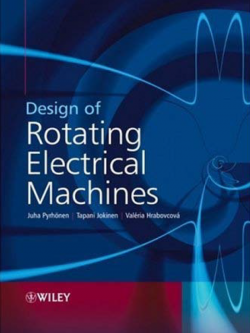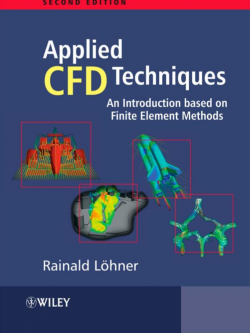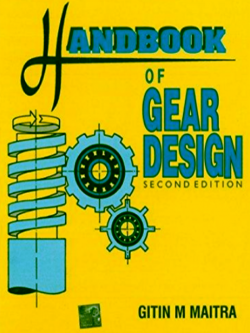Description
The material presented in this book evolved from supplementary material prepared for teaching a course in machine analysis. One major thing I have learned from teaching Machine Analysis, and also from discussing with others who have taught the course, is that students do not understand the purpose of machine analysis and lack understanding of the big picture. This book focuses on learning the big picture with the use of computer methods. As an example, students typically learn kinematic analysis of linkage systems by calculating velocity and acceleration of a linkage mechanism in one “freeze frame” position. As a result, the students get answers in the form of vectors, which have no real meaning to them because it is not a complete solution. In order to have a complete understanding of the concept, students need to calculate velocity and acceleration for one complete cycle of motion of the mechanism. Although it is far too tedious to calculate by hand, students can develop computer code that will analyze the mechanism for its complete cycle of motion. From this broad analysis, students can now plot acceleration curves for the motion of the mechanisms and learn in a more visual manner. Because most students are visual learners, this text focuses on teaching the material in this more complete and visual fashion.
Students will be taught how to build computer code throughout the book, and in the end they will be able to develop a tool to do a much more thorough analysis of mechanisms. This approach will make the learning process more effective, and it will also serve as a useful tool to use as practicing engineers. Some of the solution methods discussed in this book stem from graphical methods that may seem antiquated. Though some of these methods may be outdated, they present the material in a very visual way to help students understand the more complex analytical solution methods.
This book is primarily intended for use as an undergraduate text for a mechanical engineering course in Analysis of Machines. However, the book is presented in such a way that it would also be very beneficial to practicing engineers. Although Chapter 2 of the book reviews essential kinematic concepts, it is assumed that students possess the prerequisite materials from engineering statics and dynamics. Calculus will be used periodically throughout the text; therefore, students should also have a good working knowledge of derivatives and integrals. Basic knowledge of differential equations will also be beneficial for the topics of vibration. Some materials covered are more advanced and could be included in undergraduate courses if desired, but they are best suited for graduate studies.





